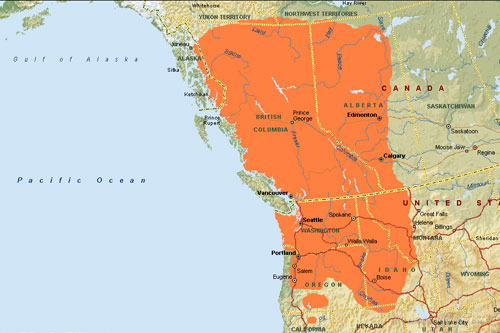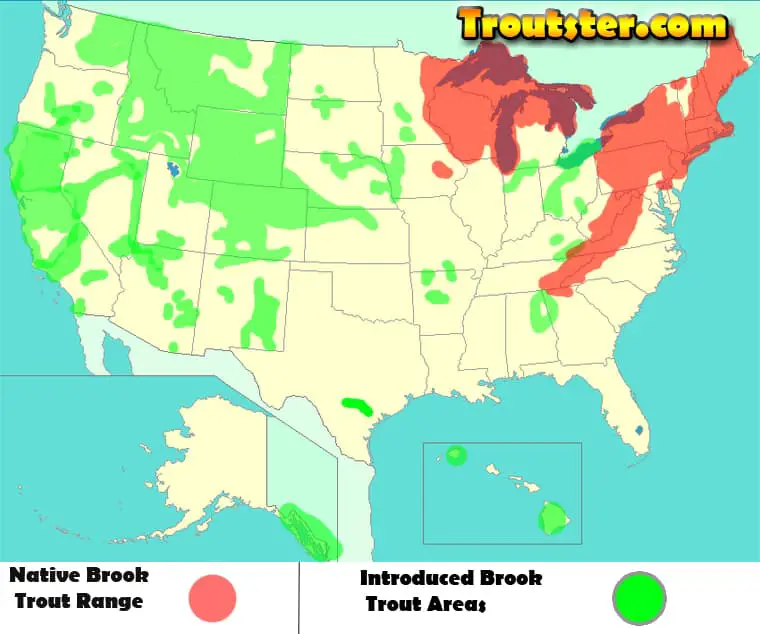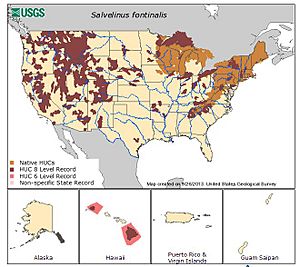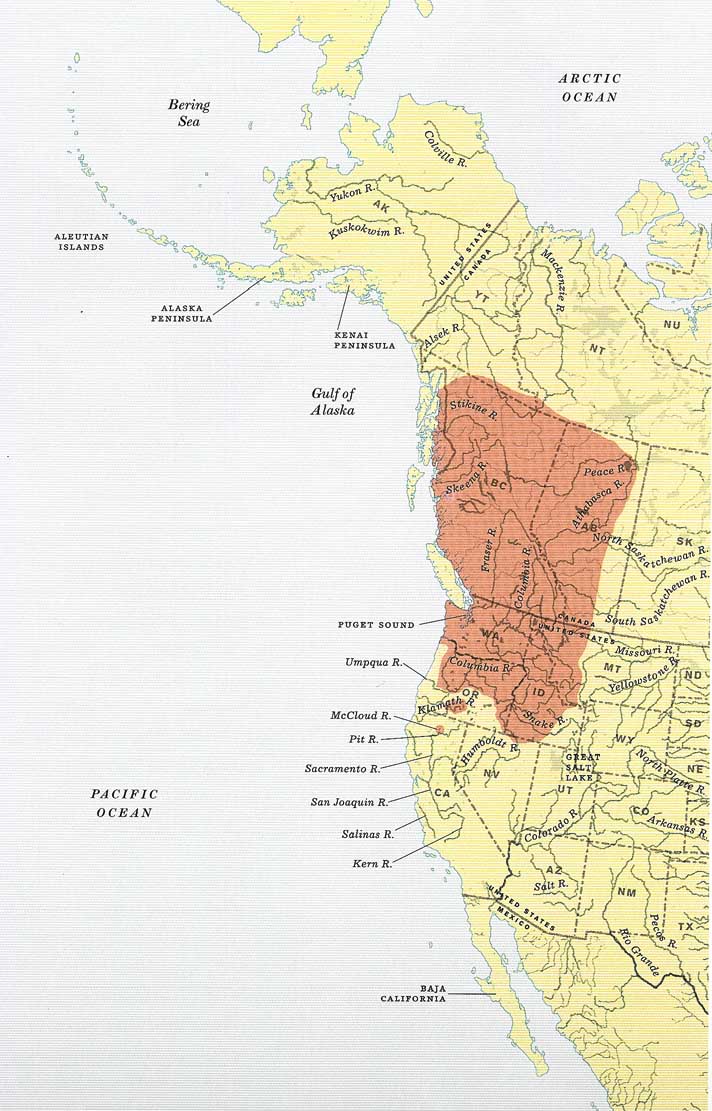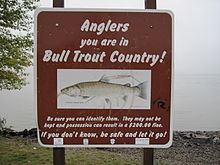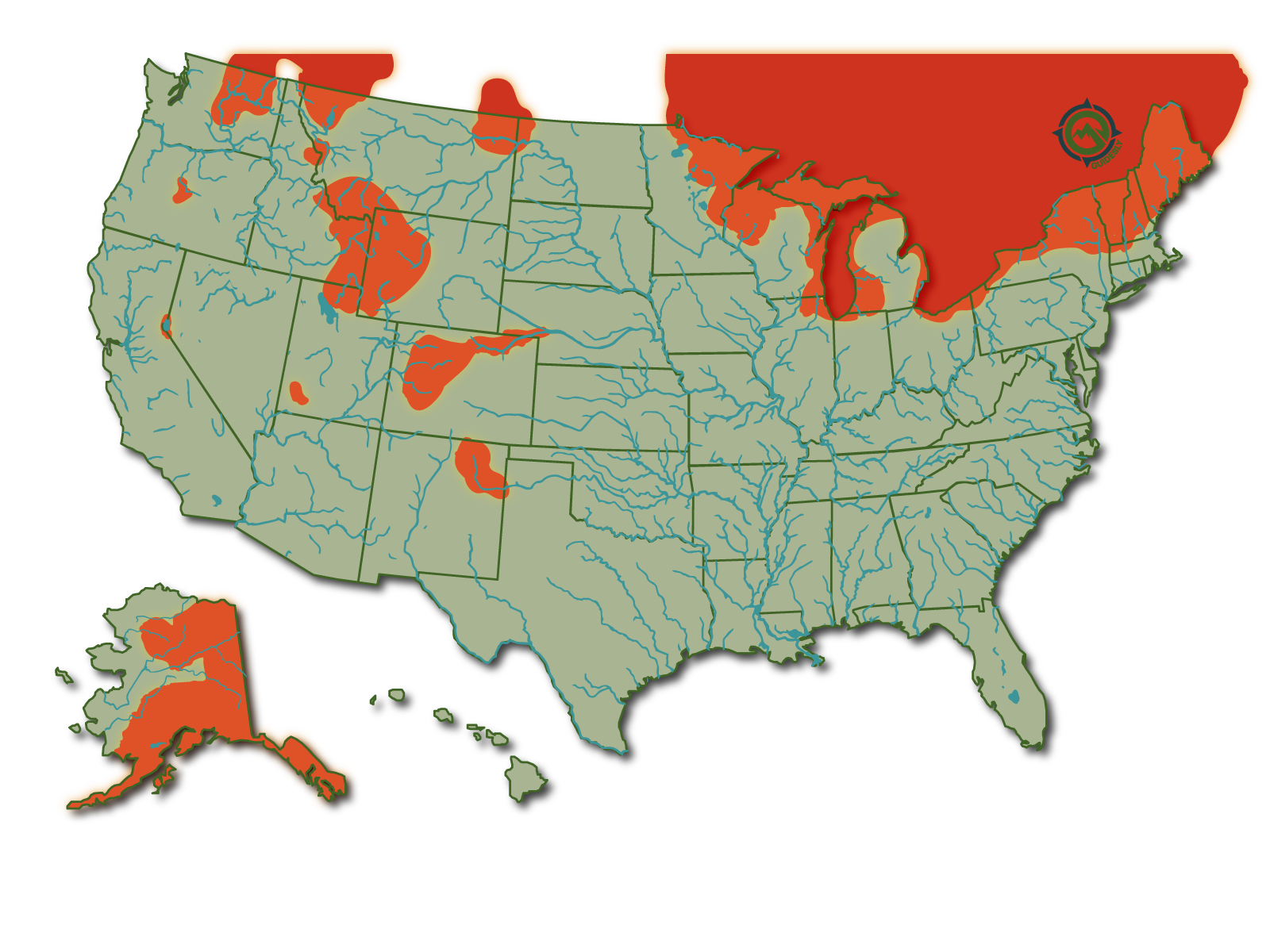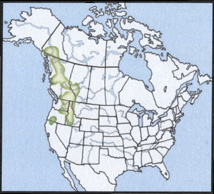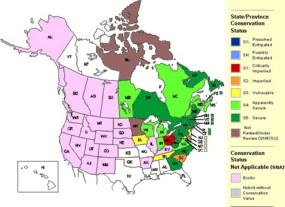Bull Trout Native Range

They are native only to the northern hemisphere but many species especially the rainbow and brown trout have been introduced to the southern hemisphere and have established self-sustaining populations there most notably in New Zealand and South America.
Bull trout native range. They can grow to more than 20 pounds in lake environments. Once inhabited the McCloud River and tributaries Shasta and Siskiyou counties from the mouth of the river now inundated by. This trout like other char have differences in body characteristics behavior across their range.
Native range data for this species provided in part by NatureServe Hydrologic Unit Codes HUCs Explained. Most of eastern Canada from Newfoundland to western side of Hudson Bay. South in Atlantic Great Lakes and Mississippi River basins to Minnesota and in Appalachian Mountains northern Georgia Page and Burr 1991.
In the United States Idaho Nevada Montana Oregon and Washington all contain some native stocks of bull trout. The geographic range of the bull trout is confined to northwestern North America from Alaska to northern California. The Dolly Varden trout Salvelinus malma is a species of salmonid native to cold-water tributaries of the Pacific Ocean in Asia and North America.
19122019 Bull trout Dolly Varden and lake trout are species of char native to the northwest. Youre unlikely to see a Bull Trout unless you really go looking for them. They require very cold waters.
Bull Trout look almost identical to Dolly Varden and Arctic Char. BULL TROUT IN BRITISH COLUMBIA Did you know that bull trout are a species of special concern throughout their range in western North America. 28082019 Bull Trout Fishes Native Transplant.
02032021 Bull trout like most salmonids trout salmon and char were once abundant in Washington Oregon California Nevada Idaho and Montana. 02072020 In the US bull trout are found in clear high mountain lakes and rivers of the pacific northwest and northern rocky mountains of Idaho and Montana. Bull Trout are found in the Clark Fork and Flathead drainages of western Montana and their slowly declining trend has led to their designation as a threatened species.




